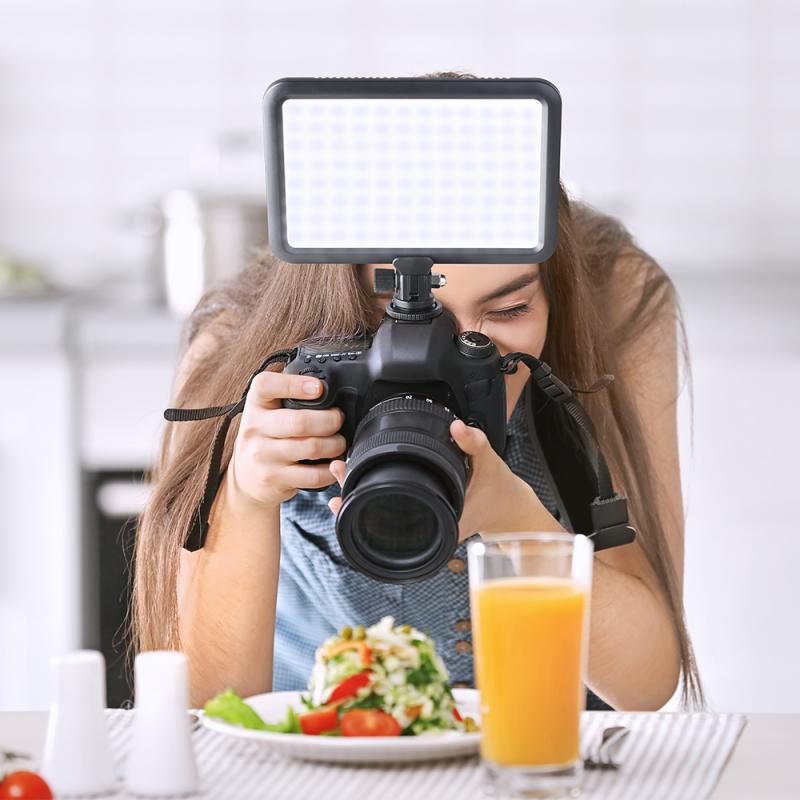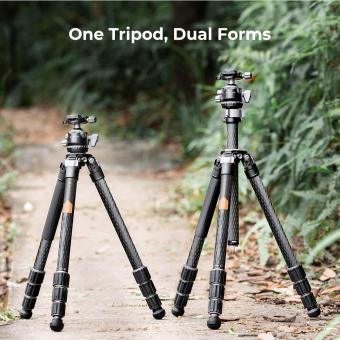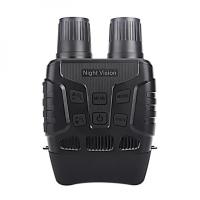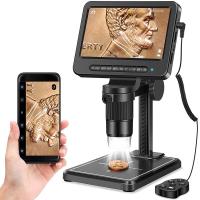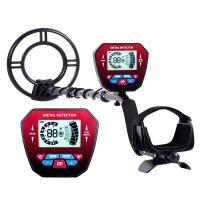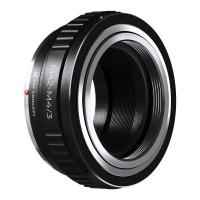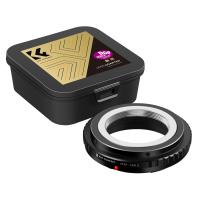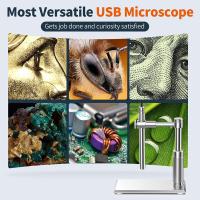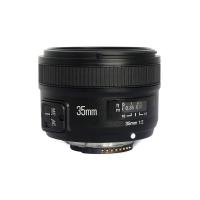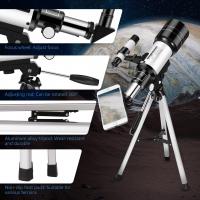How To Hold A Camcorder Steady ?
To hold a camcorder steady, it is recommended to use both hands and keep your elbows close to your body. This will help to stabilize the camera and reduce shakiness. Additionally, you can use a tripod or monopod to further stabilize the camera and prevent any unwanted movement. Some camcorders also have built-in stabilization features that can help to reduce shakiness and produce smoother footage. It is important to practice good posture and breathing techniques to help keep your body steady while filming. Finally, avoid sudden movements or jerky motions while filming, as this can cause the footage to appear shaky or unstable.
1、 Proper Grip Technique
Proper Grip Technique is the key to holding a camcorder steady. It is essential to have a stable grip on the camcorder to avoid shaky footage. The latest point of view suggests that the grip technique should be adjusted according to the type of camcorder being used.
For smaller camcorders, the grip should be firm but not too tight. The thumb should be placed on the side of the camcorder, while the other fingers should be wrapped around the front. The wrist should be kept straight, and the elbow should be tucked in close to the body. This technique allows for better control and stability.
For larger camcorders, a two-handed grip is recommended. The left hand should be placed under the lens, while the right hand should be on the handle. The elbows should be kept close to the body, and the feet should be shoulder-width apart. This technique provides better support and control, especially when panning or tilting.
It is also important to use a tripod or stabilizer when shooting for extended periods. This helps to reduce fatigue and ensures a steady shot. Additionally, using the camcorder's built-in image stabilization feature can also help to reduce shakiness.
In conclusion, holding a camcorder steady requires proper grip technique, which should be adjusted according to the type of camcorder being used. Using a tripod or stabilizer and the camcorder's image stabilization feature can also help to ensure a steady shot.
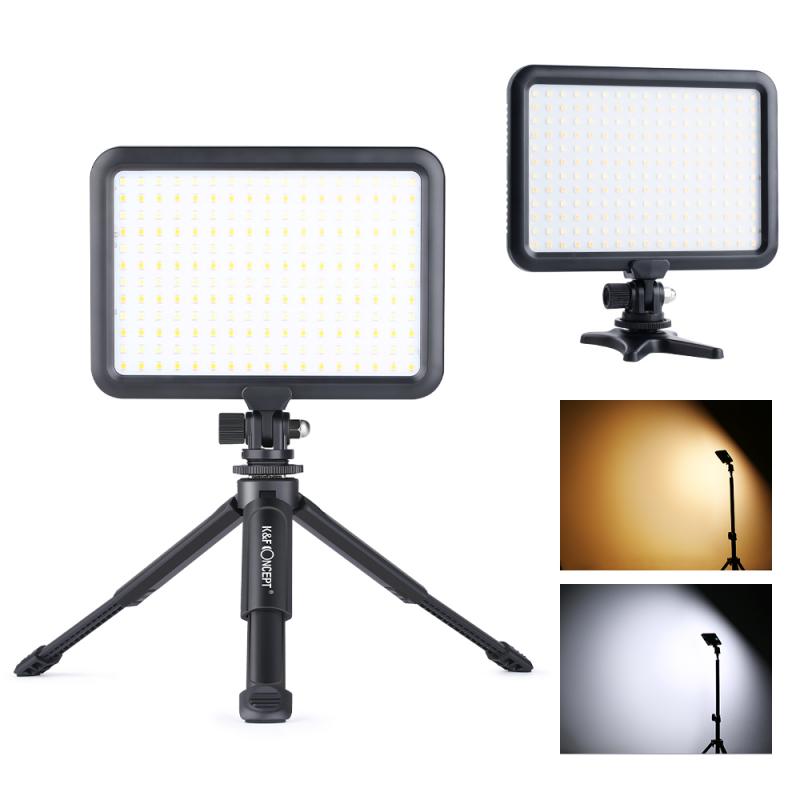
2、 Use of Tripod or Monopod
How to hold a camcorder steady is a common question among videographers and filmmakers. The answer is simple: use a tripod or monopod. These tools are essential for achieving stable shots and reducing camera shake.
A tripod is a three-legged stand that provides a stable base for your camcorder. It is ideal for shooting stationary shots, such as interviews or landscapes. Tripods come in various sizes and shapes, and some are designed for specific types of cameras. When choosing a tripod, consider the weight of your camcorder and the type of terrain you will be shooting on.
A monopod is a single-legged stand that provides some stability while allowing for more mobility than a tripod. It is ideal for shooting moving shots, such as sports or events. Monopods are lightweight and easy to carry, making them a popular choice for videographers on the go.
In addition to using a tripod or monopod, there are other techniques you can use to hold your camcorder steady. These include bracing your elbows against your body, using a shoulder mount, or using a stabilizer rig. However, these techniques require more practice and skill than using a tripod or monopod.
In recent years, there has been a rise in the use of electronic stabilizers, such as gimbals and Steadicams. These devices use motors and sensors to stabilize the camera and reduce shake. While they can be expensive, they are becoming more accessible to amateur videographers and are a great option for achieving smooth, professional-looking shots.
In conclusion, the best way to hold a camcorder steady is to use a tripod or monopod. These tools provide a stable base for your camera and are essential for achieving professional-looking shots. While there are other techniques and tools available, using a tripod or monopod is the easiest and most effective way to reduce camera shake.
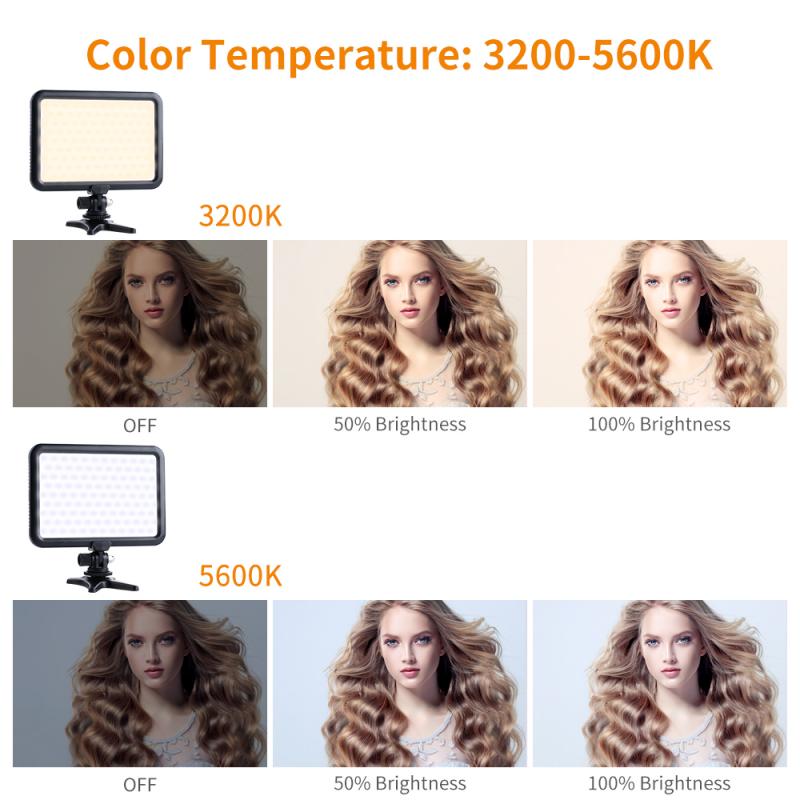
3、 Stabilization Features on Camcorder
Stabilization Features on Camcorder
Camcorders are great tools for capturing high-quality videos, but shaky footage can ruin the entire experience. Fortunately, many modern camcorders come equipped with stabilization features that help to reduce camera shake and produce smoother, more professional-looking videos.
One of the most common stabilization features found on camcorders is optical image stabilization (OIS). This technology uses a system of lenses and sensors to detect and compensate for camera movement, resulting in smoother footage. Some camcorders also feature electronic image stabilization (EIS), which uses software algorithms to reduce camera shake.
Another popular stabilization feature is a built-in tripod mount. This allows you to attach your camcorder to a tripod or other stabilizing device, which can help to eliminate camera shake and produce smoother footage.
In addition to these features, some camcorders also offer advanced stabilization options such as gyroscopic stabilization and hybrid stabilization. These technologies use a combination of hardware and software to further reduce camera shake and produce even smoother footage.
When using a camcorder, it's important to hold it steady and use proper technique to minimize camera shake. This includes holding the camcorder with both hands, keeping your elbows close to your body, and using a smooth, steady motion when panning or tilting the camera.
Overall, the stabilization features found on modern camcorders can help to produce smoother, more professional-looking videos. However, it's important to also use proper technique when filming to minimize camera shake and get the best possible results.
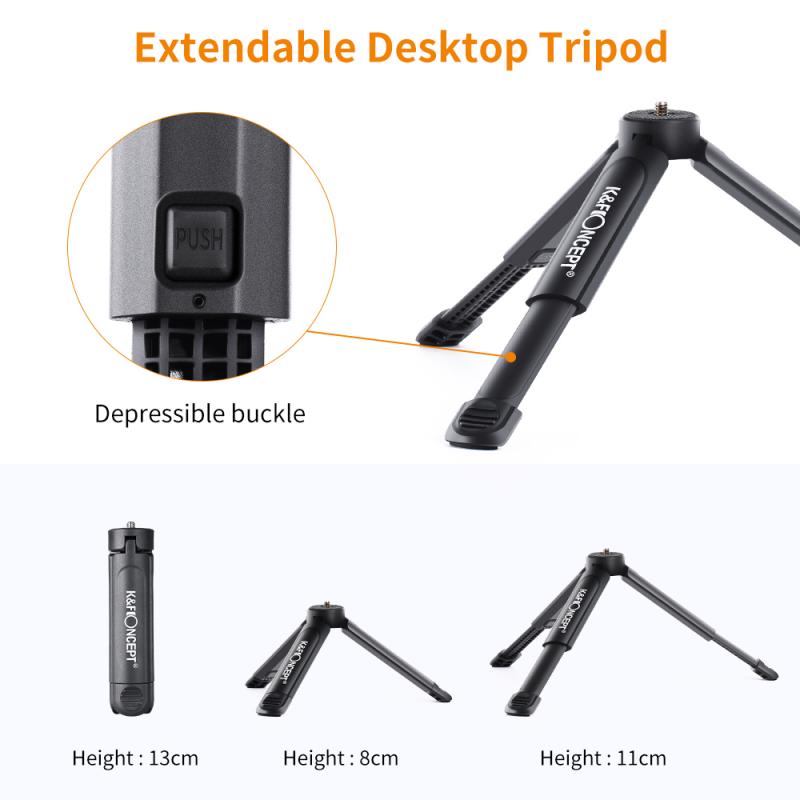
4、 Breathing Techniques
How to hold a camcorder steady is a common question among videographers and filmmakers. The key to holding a camcorder steady is to have a stable base and a firm grip on the camera. One way to achieve this is to use a tripod or a stabilizer. However, if you need to shoot handheld, there are some techniques you can use to minimize camera shake.
Firstly, make sure you have a good stance. Stand with your feet shoulder-width apart and slightly bend your knees. This will help you maintain balance and stability. Secondly, hold the camera with both hands and keep your elbows close to your body. This will help you control the camera and reduce the amount of movement.
Another technique is to use your body as a stabilizer. Take a deep breath and hold it while you are shooting. This will help you steady your body and reduce any movement caused by breathing. Additionally, you can try to exhale slowly while you are shooting. This will help you relax and reduce any tension in your body.
Breathing techniques have been used for centuries to help people relax and focus. In recent years, they have become increasingly popular in the world of filmmaking and videography. By using breathing techniques, you can improve your ability to hold a camcorder steady and capture smooth, stable footage.
